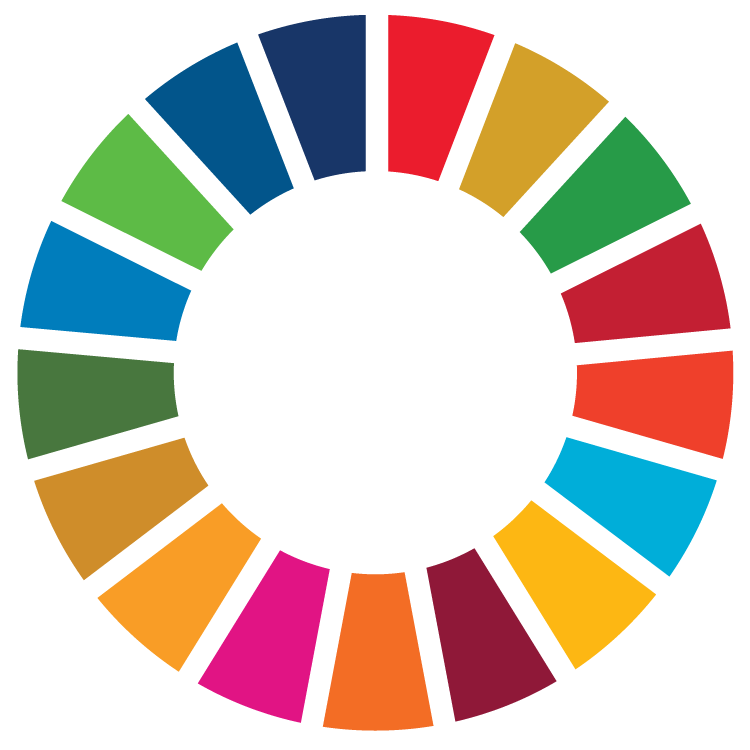Why do we need the SDGs?
The world has changed dramatically in the last two decades but there are four shifts that are particularly serious. Firstly, we are closer than ever to eradicating extreme poverty. Secondly, human societies are causing more damage than ever to the planet and the environment. Thirdly, inequality among and between countries is increasing. Finally, governance is becoming more complex, especially with the growing influence of technology (SDSN, Action Agenda Report 2014). Here are the facts:
Today, more than 1 billion people live in extreme poverty (less than $1.25 a day).
Today, 8 men have as much wealth as the bottom 3.5 billion poorest people (half the world population).
In 2017, more than 750 million people went to bed hungry every night and at the same time, there are approximately 2 billion people that are overweight or obese.
In 2017, more than 6 million children died before their 5th birthday because of preventable diseases. That’s more than 15,000 deaths each day.
Today, about 263 million children and youth are out of school, including 61 million children of primary school age.
Currently, 49 countries have no laws specifically protecting women from domestic violence.
In 2012 a least 1.8 billion people were exposed to drinking water that was contaminated.
Today, more than a billion people don’t have access to electricity.
The number of people living in slums and shanty towns is now estimated at 863 million, in contrast to 760 million in 2000 and 650 million in 1990.
In 2017, youth were almost three times more likely than adults to be unemployed (12.8%).
The number of deaths from natural disasters continues to rise. From 1990 to 2015, more than 1.6 million people died in internationally reported natural disasters.
Each year, the world generates roughly 1.3 billion tons of waste, but that’s expected to soar to 4 billion tons by 2100. In the United State alone, about $200 billion a year is spent on solid waste management.
Tens of thousands of species – including 25% of all mammals and 13% of birds – are now threatened with extinction. This is because of hunting, poaching, pollution, loss of habitat, the arrival of invasive species, and other human-caused problems.
Today’s problems will escalate quickly and dangerously if we do not urgently and radically change course. The Sustainable Development Goals (SDGs) give us a plan to fight these challenges.
